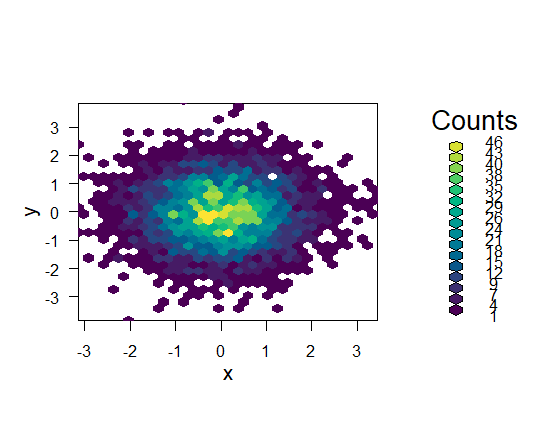Positive or Negative in R, we will learn how to use the sign function in R to determine whether a numeric value is positive or negative.
The sign function returns the signs of numeric elements, with a value of 1 for positive numbers, 0 for zero, and -1 for negative numbers.
Basic R Syntax
sign(5) # Basic R syntax of sign function
Example: Return whether Number is Positive or Negative
We can use the sign function to check whether a number is positive or negative.
For example, let’s create a vector of numbers from -2 to 5 and apply the sign function:
sign(-2:5) # Apply sign function # -1 -1 0 1 1 1 1 1
This returns the signs of the elements in the vector.
How to Display Percentages on Histogram in R » Data Science Tutorials
The first two elements are negative (indicated by -1), the third element is zero (indicated by 0), and the remaining elements are positive (indicated by +1).
Example: Checking Multiple Numbers
We can also use the sign function to check multiple numbers at once.
For example, let’s create a vector of numbers and apply the sign function:
numbers <- c(-3, 0, 2, -5, 7) sign(numbers) # Apply sign function to multiple numbers # -1 0 1 -1 1
This returns the signs of the elements in the vector.
The first element is negative (indicated by -1), the second element is zero (indicated by 0), the third element is positive (indicated by +1), and the fourth element is negative (indicated by -1), and the fifth element is positive (indicated by +1).
- Online Course R Statistics: Statistics with R
- How to Arrange the Bars in ggplot2
- What is the best way to filter by row number in R? » Data Science Tutorials
- Chi Square for Independence-Mantel–Haenszel test in R
- Self Organizing Maps in R- Supervised Vs Unsupervised
- How to find the Mean Deviation? MD Vs MAD-Quick Guide










